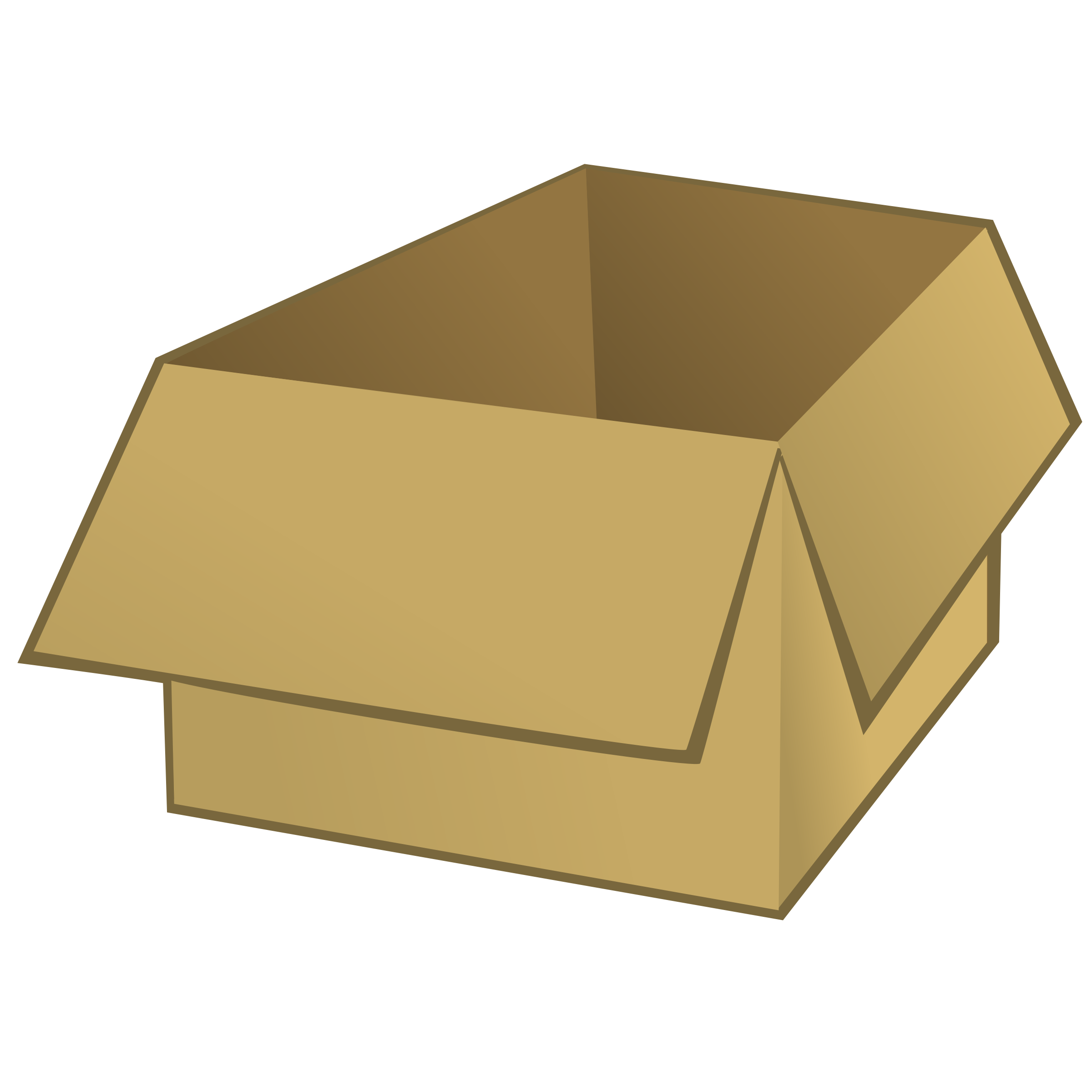Paper
 Paper makes up 27 percent of municipal solid waste, which is more than any other individual material Americans throw away. For this reason, the need to recycle paper is extremely important to reduce the amount of waste placed in landfills.
Paper makes up 27 percent of municipal solid waste, which is more than any other individual material Americans throw away. For this reason, the need to recycle paper is extremely important to reduce the amount of waste placed in landfills.
In 2012 Americans recycled about 65 percent of the paper they used
Recycling paper saves space in landfills, reduces greenhouse gases, and conserves natural resources. Did you know that about 80 percent of paper mills in America are now designed to use recycled paper as the raw materials used to make new paper?
Paper Grades And Their Uses
There are five basic paper grade categories:
 Old Corrugated Containers (OCC): Recycled paperboard used for product packaging on cereal boxes, shoe boxes, shipping boxes, etc are made from old corrugated containers.
Old Corrugated Containers (OCC): Recycled paperboard used for product packaging on cereal boxes, shoe boxes, shipping boxes, etc are made from old corrugated containers.
High Grade De-inked Paper: Paper of higher quality such as letterhead, copier paper, envelopes, and printer scrap that has gone through the printing process make up this grade. The first step is to de-ink the paper before it can be reprocessed into high grade paper products such as printing and writing papers or tissue.
Mixed paper: Discarded mail, telephone books, paperboard, magazines, and catalogs all make up this broad category. Mills use mixed paper to produce paperboard and tissue, as a secondary fiber in the production of new paper, or as a raw material in non-paper product such as gypsum wallboard, chipboard, roofing felt, cellulose insulation, and molded pulp products such as egg cartons.
Pulp substitutes: This is a higher grade paper. Shavings and clippings from converting operations at paper mills and print shops often make up the Pulp Substitutes grade. Mills can use pulp substitutes in place of unprocessed materials to make high grade paper products.
Old Newspapers (ONP): Mills primarily use old newspapers to make new recycled-content newsprint and in recycled paperboard and tissue.
(Source)
